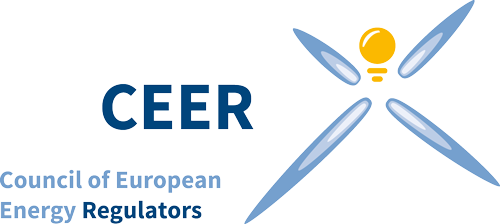| Background
The 3rd Package provides for EU wide network codes across 12 areas in electricity (including for example grid connection and operational security) drafted by the network operators which must be line with Framework Guidelines set by the Agency for the Cooperation of Energy Regulators (ACER).
ERGEG has now published its pilot Framework Guideline (FG) on Grid Connection and accompanying Initial Impact Assessment (IIA) for public consultation. In the process of developing the FG, ERGEG set up an Expert Group of stakeholders with the purpose of providing assistance to ERGEG (later ACER) and also held a public workshop on the 16 April 2010. ERGEG has 6 months (from receipt of the letter by the Commission dated 26 March 2010, which requested ERGEG to submit a pilot framework guideline on grid connection) to submit the FG (including a 2-month public consultation which runs until 24 September 2010) to the Commission. The FG is a short document which sets out the scope of the network codes that ENTSO-E must draft. The pilot Framework Guidelines on grid connection are elaborated on the basis of (and should be read in parallel to) the related Initial Impact Assessment (IIA) which sets out the problem, the policy options and preferred options based on defined criteria.
Problem Definition
The overarching problem is that each EU country (or control area) has its own specific technical requirements for generators requesting connection, and its own approach to system operation. This lack of harmonisation between national systems is leading to uncoordinated and uncontrolled system operation and could expose Europe to future threats of interruptions (such as the November 2006 blackout which left much of Europe without electricity).
This is aggravated by specific problems such as insufficient communication and information sharing between parties involved in system operation, lack of consideration for some specific generation technologies (most notably large-scale intermittent generation like wind and distributed generation) and provision for demand response. This is in line with ERGEG's call on the European Commission to propose legally binding operational security rules which was made early in the wake of the 2006 blackout.
How should the problem evolve, all things being equal? Should the EU act?
Without action, these grid connection problems will increase in the future as the system becomes more interconnected, with more intensified load flows in the grids, with higher volatility and in general as market integration evolves and the interdependencies between the different control areas grow. Furthermore, growing intermittent generation will further increase the pressure and demand for an appropriate and well-defined grid connection framework in the EU. As a result, the disparity between national rules and standards for grid connection and the related procedures for compliance verification will further increase.
The goal should be therefore to create a harmonised and well-defined grid connection regime in the
EU that is transparent to everybody concerned with transmission grid connection and to which all parties can commit.
Objectives of the Framework Guideline on Grid Connection
The FG scopes 3 specific objectives which ENTSO-E should address in the network codes:
Objective #1: To devise standardised minimum requirements for connection of grid users (generators and demand).
Objective #2: To promote (real-time and other) exchange of information between parties and improved coordination)
Objective #3: To establish an appropriate connection regime for specific grid users namely
i) large-scale intermittent generation;
ii) distributed generation;
iii) demand response.
In achieving this, the FG and resulting Network Code will contribute to maintaining security of the system, its availability and supporting the completion and functioning of the internal EU electricity market. Moreover the FG seeks to provide clarity on the relationship between national and European grid codes.
ERGEG’s Preferred Policy Options
For each of these 3 specific objectives, the accompanying initial impact assessment (IIA) examines policy options and the impact of each of the policy options against 3 criteria (effectiveness, efficiency and consistency).
The preferred overall policy option for the future grid connection regime in the EU is expressed in the following terms:
1) In order to achieve Objective #1, an EU wide standardised minimum set of grid connection requirements and detailed technical codes shall be developed, that apply to all grid users (i.e. generation and demand);
2) For Objective #2, a specific framework for improved exchange of information and coordination is necessary, possibly at different level of details for the EU and for regions / Member States.
3) In line with the Objective # 3, ERGEG identifies intermittent generation, distributed generation andresponsive demand as requiring specific grid connection guidelines. The public consultation (which ends on 24 September) seeks answers to a set of 9 questions including on grid user and implementation issues. | 